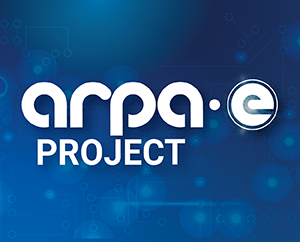Heat-Reflective Window Coating

Technology Description:
Colorado State University (CSU) and its partners are developing an inexpensive, polymer-based, energy-saving material that can be applied to windows as a retrofit. The team will develop a coating consisting of polymers that can rapidly self-assemble into orderly layers that will reflect infrared wavelengths but pass visible light. As such, the coating will help reduce building cooling requirements and energy use without darkening the room. The polymers can be applied as a paint, meaning that deployment could be faster, less expensive, and more widespread because homeowners can apply the window coatings themselves instead of paying for a technician. The team estimates that up to 75% of the dry film could be produced from commodity plastic, which has the potential to significantly reduce the current costs associated with manufacturing window coatings.
Potential Impact:
If successful, the CSU team estimates that widespread installation of this paintable coating could save roughly 0.4 quads of energy annually.
Security:
Increasing energy-efficiency is one of the easiest ways to reduce US reliance on energy imports.
Environment:
Innovative and widely adopted window coatings could drastically reduce energy consumed to cool homes and businesses and therefore avoid greenhouse gas emissions from electricity generation.
Economy:
CU-Boulder estimates that their technology could be sold for nearly one third of the cost of existing window coating technologies, saving consumers money.
Contact
ARPA-E Program Director:
Dr. Marina Sofos
Project Contact:
Garret Miyake
Press and General Inquiries Email:
ARPA-E-Comms@hq.doe.gov
Project Contact Email:
Garret.Miyake@colostate.edu
Partners
Lawrence Berkeley National Laboratory
Related Projects
Release Date:
01/07/2015
